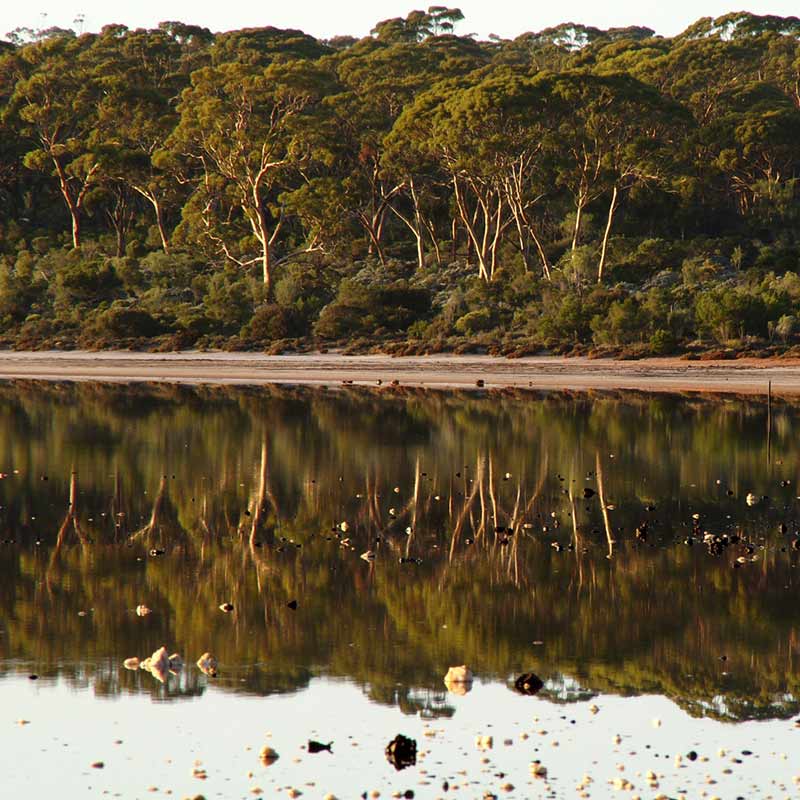Dr Tom Hatton, chair of the committee, wrote:
“The Australian environment is precious. Our ecosystems, biodiversity and heritage are vulnerable to the choices we make. At the same time we depend on them for our survival and wellbeing. Our ecosystems, and the biodiversity they support, provide services that are fundamental to human life, such as regulation of the atmosphere, maintenance of soil fertility, food production, filtration of water and pest control.”
“The major future drivers of change – climate change, population growth, economic development and associated consumption of natural resources, as well as the pressures that these drivers place on the environment – will need to be managed carefully if our society is to achieve a sustainable relationship with the Australian environment.”
The question becomes: “How?”
Australian scientists were asked what they would like from the Australian Government in their areas of specific interest. Here’s how some of them replied:
Professor Hugh Possingham of the University of Queensland’s Ecology Centre believes that prevention is better than cure. Rather than try to cure past mistakes, he thinks we should stop doing things that cause further biodiversity loss. He says that this approach includes most of the cost-efficient actions we can take.
Professor Anthony McMichael of the ANU’s National Centre for Epidemiology and Population Health wants the public to understand that environmental health sustains physical health. He wants the Government to include health risks in their assessments of the impacts of environmental degradation and climate change.
Professor Richard Kingsford wants to establish an Australian Heritage River System to recognise floodplains in policies, management and regulation. This would restore compromised river flows to iconic wetlands.
Professor Ian Lowe of the Australian Conservation Foundation wants to regulate the energy efficiency of appliances, vehicles, industrial equipment and buildings to reflect world’s best practice. This would include requiring solar hot water for all dwellings.
Max Bourke, formerly a Director of the Thomas Foundation and member of the TNC Advisory Board, wants all laws reviewed that might be used to encourage private investment and land management for improved environmental outcomes.
The Australian Government’s next State of the Environment Report will be published in 2016.

More than 20% of Australia’s plant species are found in The Great Western Woodlands
Photographer: Barbara Madden

